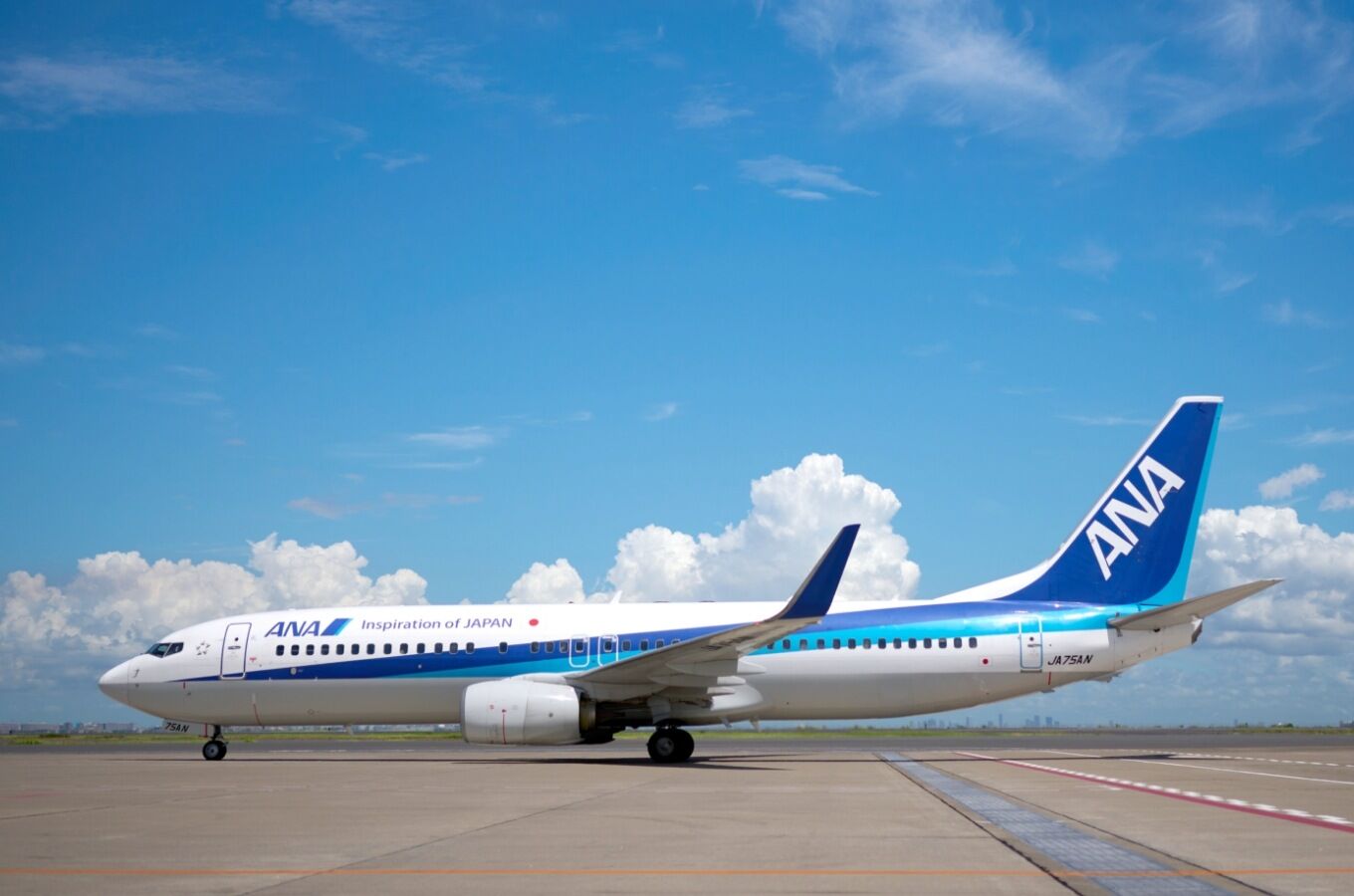Ana maintains pre-pandemic load on Thailand-Japan flights

Japanese carrier ANA has successfully maintained the load factor on Thailand-Japan routes at the same robust level as in 2019, despite the challenges posed by a weak yen. Notably, the majority of its passengers are now Thai tourists and long-haul travellers transiting through Japan.
Thailand has emerged as one of ANA’s strongest routes in Asia-Pacific and Southeast Asia post-pandemic, alongside Singapore and Shanghai, according to Daishi Yoshihara, General Manager of Thailand.
Yoshihara highlighted that the weak yen has attracted more Thais and other foreign tourists to Japan, although it has made outbound travel more expensive for Japanese nationals.
Currently, ANA operates three daily flights using Boeing 787 series aircraft between Bangkok and Tokyo’s Narita and Haneda airports, down from five daily flights before the pandemic.
The proportion of Thai and foreign passengers on these routes has risen to over 20% and 40%, respectively, surpassing pre-pandemic levels, while the share of Japanese passengers has declined.
Foreign travellers, particularly from the US, often choose Japan as a transit point when visiting Southeast Asia and Thailand. Yoshihara noted that the airline has managed to maintain a strong load factor of over 80-85%, comparable to pre-pandemic levels.
In response to high fuel prices and a weak yen, ANA has managed its fuel expenses through hedging contracts, a significant cost-saving measure. While airfares are normalising, they have yet to return to 2019 levels.
Despite the desire to resume five daily flights to Bangkok, Yoshihara acknowledged the challenges posed by fleet shortages, slow aircraft deliveries, and labour shortages at airports. He expressed confidence in ANA’s position amid fierce competition from low-cost carriers, noting that ANA primarily targets business travellers and passengers who prefer full-service airlines.
Yoshihara also commented on Thailand’s ambition to become an aviation hub by 2030, describing it as a positive policy given the country’s strategic location in Southeast Asia. He emphasised the importance of collaboration with foreign airlines and suggested that subsidy schemes could attract airlines to newer cities.
At present, ANA does not plan to open new routes to other cities besides Bangkok, as these destinations primarily cater to tourists rather than business travellers, who are ANA’s main customers. These cities would be more suitable for ANA Holdings’ low-cost carriers, Peach and Air Japan.
ANA recently celebrated its 35th anniversary of operating flights between Bangkok and Tokyo, marking Bangkok as ANA’s first destination in Southeast Asia.
Latest Thailand News
Follow The Thaiger on Google News:


























